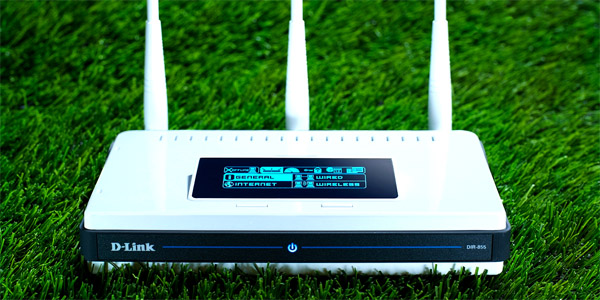Today we always use Wi-Fi and we often encounter terms such 2.4GHz frequency, 60GHz and also 5GHz frequency band. These frequency bands are used to establish connections with devices. Just for a little info, Wi-Fi basically, is a facility allowing computers, smartphones and other devices to connect to the internet or communicate with one another wirelessly within a particular area. It’s a technology that’s been around and it has come a long way. The IEEE 802.11 standards set the attributes for the different channels that may be used. Earlier versions such as 801.11b supports the 5GHz radio band. Also 802.11b and 802.11g support only the 2.4GHz radio band. However 802.11n was released and it also offered 5GHz band. Thereby ushering the dual-band term. Of course with a variety of radio bands and modules to support them, there is always the issue regarding differences and which one is better than the other plus all that you could be asking yourself right now.
The Speed:
Here on we shall discuss about the differences concerning the 2.4GHz, 5GHz and the 60GHz band used for wireless networking. First of all we know the first thing that comes to your mind when we talk about using Wi-Fi is the speed. Well, here’s what you ought to know. Out of all the frequency bands, 5GHz band provides arguably the highest speeds compared to the 2.4GHz band. This is so because the 5GHz band includes a higher number of channels, 23 to be specific whereas the 2.4GHz only has 3 channels.
For Wi-Fi-N two bands operate simultaneously for the devices connected to the network. The Wi-Fi 5GHz band is only supported by the Wi-Fi-AC and it has a bandwidth of up to 42Mhz.it also comprises of higher channel bandwidths of 80MHz and 160MHz that enable faster speeds.
The second issue that will pop to mind will be the Wi-Fi range, you might be the one who hates the weak Wi-Fi signal most. Well, I know we all do. So here’s what you should know. Whenever we talk about range in terms of Wi-Fi, we basically mean the distance covered by the waves transmitted from the antenna. Anyone who still remembers their high school physics can figure this out. As we now know the 5GHz band is faster than the rest, this is due to the fact that radio waves with higher frequency find it hard to penetrate thick objects and hard obstacles. If you were indoors, a Wi-Fi-G router’s range would average out at about 70m and in respect of the Wi-Fi- AC router this would turn out to be about 35m.
WiFi-AD 60GHz
There is also the Wi-Fi-AD 60ghz (IEEE 802.11ad) aka WiGig,this band is also used in Wi-Fi networks. It can enable data speeds of up to 8Gbps and its range indoors is averagely 60m.
But the most important thing is we must acknowledge that the higher radio bands are more strategic and advantageous ie. 5GHz and 60GHz. They are really embedded with great advantages such as less interference from other networks in the same area. For instance the Bluetooth technology we use and the walkie-talkies all operate on the 2.4GHz radio frequency band. And to make it even better the modern routers package all these bands together in order to achieve speeds of Gigabit order without even compromising on the range. Like the Linksys WRT32X that launched at this year’s CES.
With all that info, I guess you folks already know what routers to choose from and how to choose them. Nevertheless, I would love to hear from you regarding this topic. Just hit us up in our comments section.

